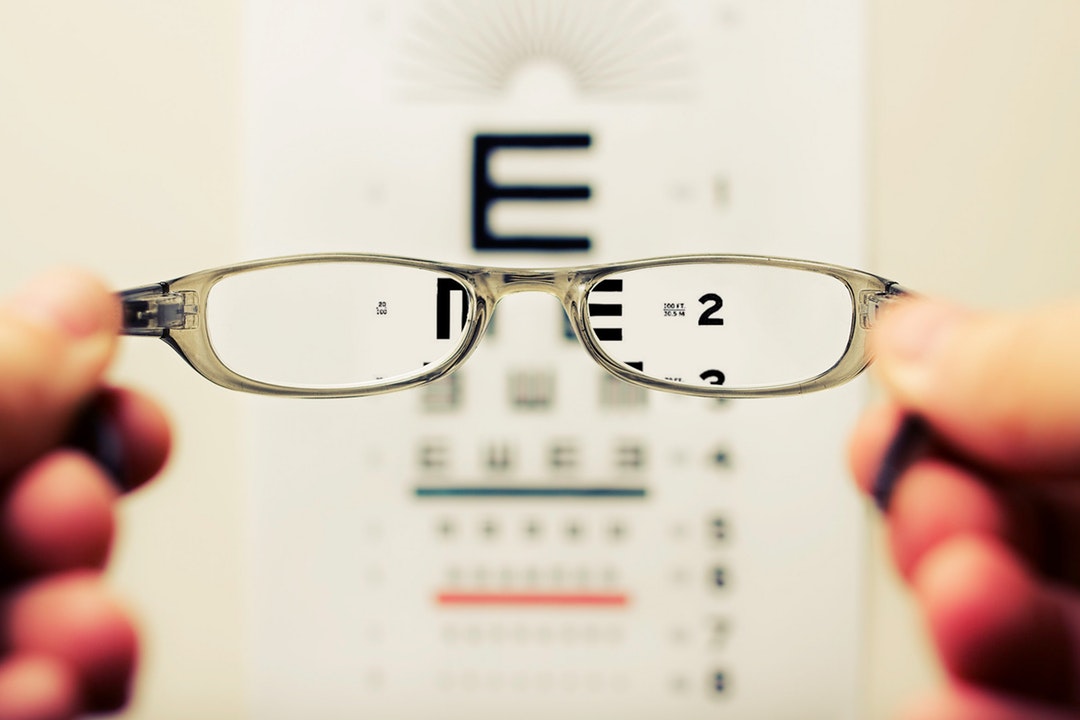
What Causes Blurry Vision? Your Essential Eye Health Guide

Your eyes are under attack. At least 2.2 billion people have a problem with their vision.
Some people struggle with seeing objects close to them while others have difficulty with things far away. But many people share one thing in common: blurry vision.
If you have problems seeing things clearly, you need to take steps now to protect your vision. One step you must take is to educate yourself.
What causes blurry vision? How can you know what problem you have with your vision? How can you start treatment?
Answer these questions and you can reclaim your vision in no time. Here is your quick guide.
Eyestrain
You can strain your eyes whenever you are looking at something for a long period of time without resting. In addition to blurry vision, you may develop pain or difficulty focusing on objects.
Eyestrain often occurs when someone looks at an electronic device. The bright lights from a screen can be too powerful for the eyes to handle. People blink less while looking at a bright screen, which can cause dry eye and blurriness.
Blurry vision treatment from eyestrain is not complicated. Turn away from your screen and look at a non-electronic object that is at least 20 feet away. Keep looking at it for at least 20 seconds and then turn back toward your screen.
If you still have blurry vision, you can use eye drops or close your eyes for a few minutes. You can talk to your doctor if you experience chronic strains.
Astigmatism
Your cornea is the frontmost layer of your eye. Astigmatism occurs when your cornea is misshapen, causing light to travel through your eye at an angle. This can cause blurry vision, especially when you are in a low-light environment.
The best way to know if you have astigmatism is to get a dilated eye test. Your doctor will assess how far away you can read and how light passes through your eyes. If you see blurry words and light doesn’t go straight through your cornea, you probably have astigmatism.
Treatment involves wearing contact lenses or glasses. If your cornea is damaged, you can receive surgery so the shape becomes normal. But most people need no or minimal treatment.
Presbyopia
Your lens is the inner part of your eye that directs light through the center of the eye. Your retina is a layer of tissue at the very back of your eye that receives light and converts it into signals for the brain.
Presbyopia occurs when the lens stops focusing light onto the retina. It can make it hard for you to see objects that are close to you, and it can result in strains and headaches. Many older people experience presbyopia, and the condition can get worse as someone ages into their 50s and 60s.
Presbyopia treatment involves a few things. You may need to adjust how you read. You can hold reading materials far away from your face, or you can read large-print books.
As you get older, you may need to wear glasses or contacts. There is no cure for presbyopia, but many people see fine with glasses on.
Cataracts
A cataract occurs when the lens of the eye becomes cloudy. A cataract can develop in one or both eyes, and it can develop slowly. It can create blurred vision, increase your light sensitivity, and cause you to see doubles or halos around objects.
Most people develop cataracts due to aging. But exposure to ultraviolet light can damage the lens and contribute to cataracts. People who have pre-existing conditions like diabetes and or a history of eye injuries are at a higher risk.
Cataracts do not go away on their own, and they can result in blindness. During the early stages, you can wear glasses and use bright lights to see properly. But if your cataracts advance to significant degrees, you will need cataract surgery.
Eye Infections
Many eye infections can cause blurry vision. Conjunctivitis or pink eye is an infection of the membrane around your eye. Pink eye results in blurred vision, discoloration of the eyes, and itchiness, but the symptoms can resolve within a few days.
Endophthalmitis is an infection in the fluids around the eyeball. In addition to blurry vision, it creates pus and swelling inside the eyes. The infection usually occurs after surgery, so talk to your doctor if you notice symptoms after an operation.
Uveitis is an infection of the uvea, which lies in the middle of your eye. This can result in extreme pain and light sensitivity, which can make you unable to open your eyes. When you can, you may be unable to see any objects clearly.
Endophthalmitis and uveitis are conditions that require medical intervention. You may need to take medications to treat the underlying cause of your infection. You may also need eye drops to reduce swelling and inflammation.
Diabetic Retinopathy
Diabetic retinopathy occurs when high blood sugar damages the blood vessels in your retina. Over time, this damage can cause the blood vessels to break and fill the fluid inside your eye. This can result in blurry vision and streaks of blood in your vision field.
Diabetic retinopathy can result in permanent vision loss, so you need to pursue treatment right away. You should take diabetes medications that lower your blood sugar, including insulin injections.
So What Causes Blurry Vision?
Many people have questions about their vision. What causes blurry vision? The answer depends on your symptoms, pre-existing conditions, and age.
People of any age can experience blurry vision due to eyestrain or astigmatism. Older people are at risk for presbyopia and cataracts.
Eye infections can also affect anyone, though people with weak immune systems are at higher risk. Diabetic retinopathy can result in permanent blindness in people with advanced diabetes.
Whatever the cause of your blurry vision is, you can get treatment. Kiwi Drug provides premium eye care drugs at low costs. Browse our collection today.
Related Posts

